Cat:Wire Wheel Brush
It is primarily used for cleaning, rust removal, polishing, and surface preparation. The bowl-shaped configuration of th...
See DetailsPotential Hazards of High-Speed Rotation
When operated at high speeds, a Wire Wheel Brush becomes a powerful mechanical tool capable of removing rust, paint, scale, and other surface contaminants. However, with the increase in rotational velocity comes an increase in kinetic energy, which heightens the risk of mechanical failure or user injury. One of the primary dangers is wire breakage—individual bristles may detach from the hub due to centrifugal force or fatigue, potentially becoming high-speed projectiles. Additionally, improper mounting, imbalance, or exceeding the manufacturer’s rated RPM can cause catastrophic failure of the brush, endangering nearby workers.
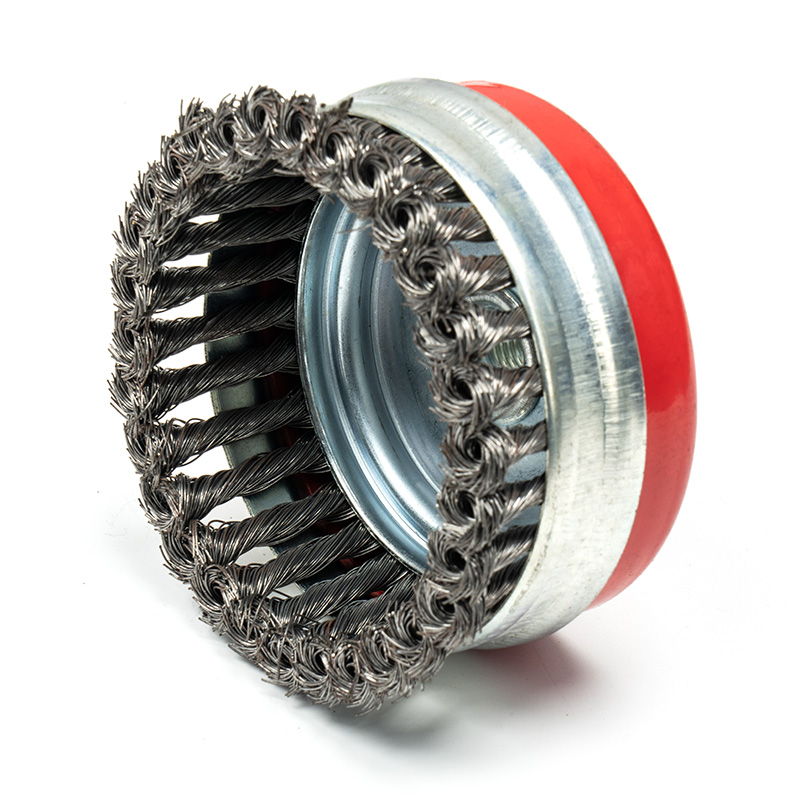
Importance of Manufacturer Specifications and RPM Limits
Every Wire Wheel Brush is designed with a specific safe operating speed, typically listed in revolutions per minute (RPM) on the product or packaging. Exceeding this limit may compromise the structural integrity of the brush, particularly at the wire-anchor points or hub connection. These limits are based on laboratory testing that factors in the strength of the wires, bonding method, and wheel diameter. Operators must ensure the brush is compatible with the tool’s output speed and should avoid using adapters or extensions that might alter its balance or RPM characteristics.
Protective Equipment and Workspace Safety
Personal protective equipment (PPE) is essential when using a Wire Wheel Brush, especially at high speeds. Safety glasses or full-face shields protect the eyes and face from flying debris, while gloves shield the hands from wire fragments and abrasion. Additionally, wearing long sleeves and avoiding loose clothing can reduce injury risks. The workspace itself should be clear of bystanders, with protective barriers or shields in place where possible. A controlled environment reduces distractions and enables the user to focus on proper handling and pressure application.
Brush Selection and Condition Monitoring
Not all Wire Wheel Brushes are created equal, and selecting the appropriate type for high-speed use is critical to safety. Factors such as wire thickness, knotting (twisted vs. crimped wire), and brush diameter affect both performance and durability at speed. Twisted wire brushes, for example, are more aggressive and rigid, which can cause increased vibration if misused. Regular inspection of the brush for signs of wear, such as bent wires, imbalance, or hub damage, helps prevent accidents. If the brush shows visible damage, it should be replaced immediately rather than risk failure during use.
Mounting and Balancing Procedures
Proper mounting of a Wire Wheel Brush is crucial to safe high-speed operation. The brush should be firmly attached to the tool’s arbor, with any included flanges or washers in the correct position to ensure even distribution of force. An imbalanced brush may wobble or vibrate excessively, increasing fatigue on the machine and user and causing unsafe working conditions. Some tools include features to assist with alignment or balancing, but manual checks are still essential. Before full-speed operation, it’s advisable to run the tool at low speed momentarily to confirm stability and alignment.
Training and Safe Operating Techniques
Operator training plays a major role in mitigating the risks associated with high-speed Wire Wheel Brush use. Proper technique includes applying consistent, moderate pressure without forcing the brush into the material, which can cause sudden kickback or wire ejection. Holding the tool securely with both hands and maintaining a stable posture reduces the risk of loss of control. Operators should be trained to recognize early warning signs of brush failure, such as excessive vibration or noise, and respond by shutting down the tool safely and inspecting the equipment.
Conclusion: Prioritizing Safety in High-Speed Wire Brushing Operations
While a Wire Wheel Brush is an effective and widely used tool in surface preparation, its safety during high-speed operation hinges on several critical factors. Following the manufacturer’s RPM guidelines, using appropriate PPE, ensuring proper installation, and conducting routine inspections all contribute to safe and effective performance. With adequate precautions and training, the risk of injury can be significantly reduced, allowing these tools to be used confidently across industrial and workshop environments where speed and efficiency are essential.
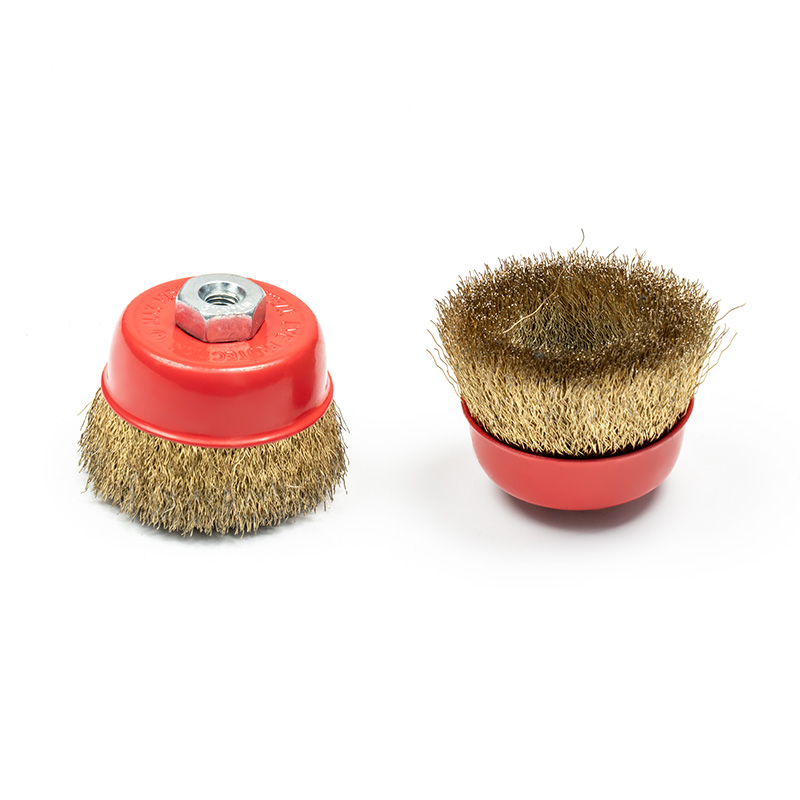
It is primarily used for cleaning, rust removal, polishing, and surface preparation. The bowl-shaped configuration of th...
See Details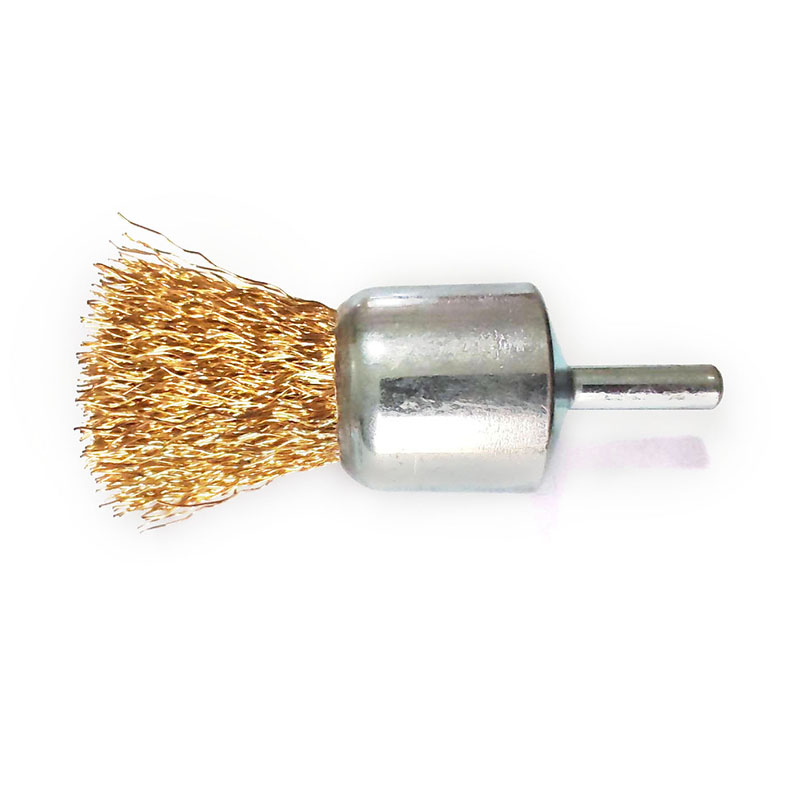
The Rust Removal Wire Brush is an essential tool designed for efficient rust removal, surface preparation, and polishing...
See Details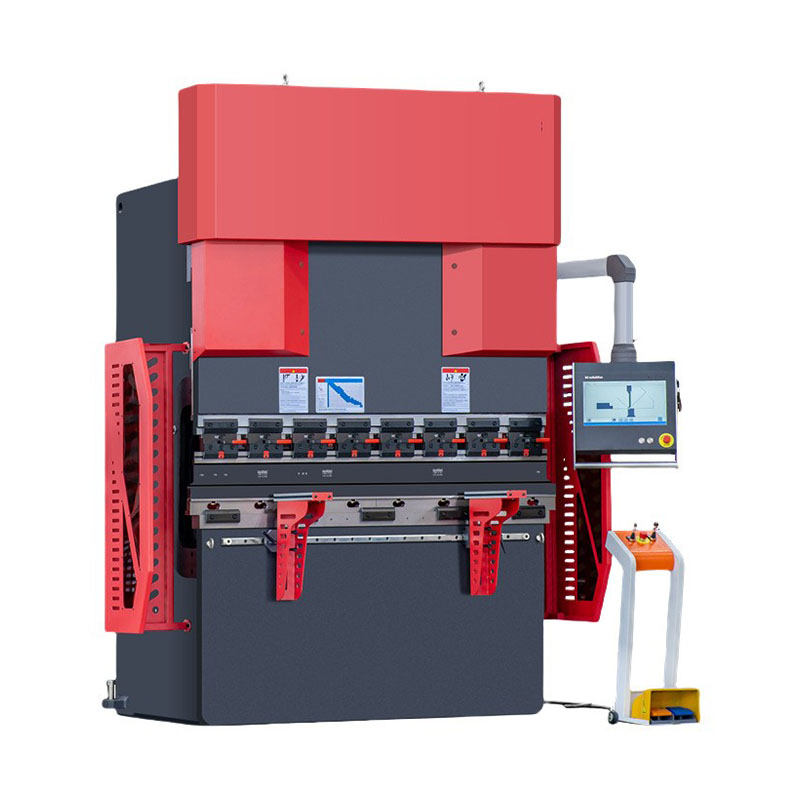
A CNC shearing machine is a precision tool designed for cutting sheet metal with high accuracy and efficiency. It is com...
See Details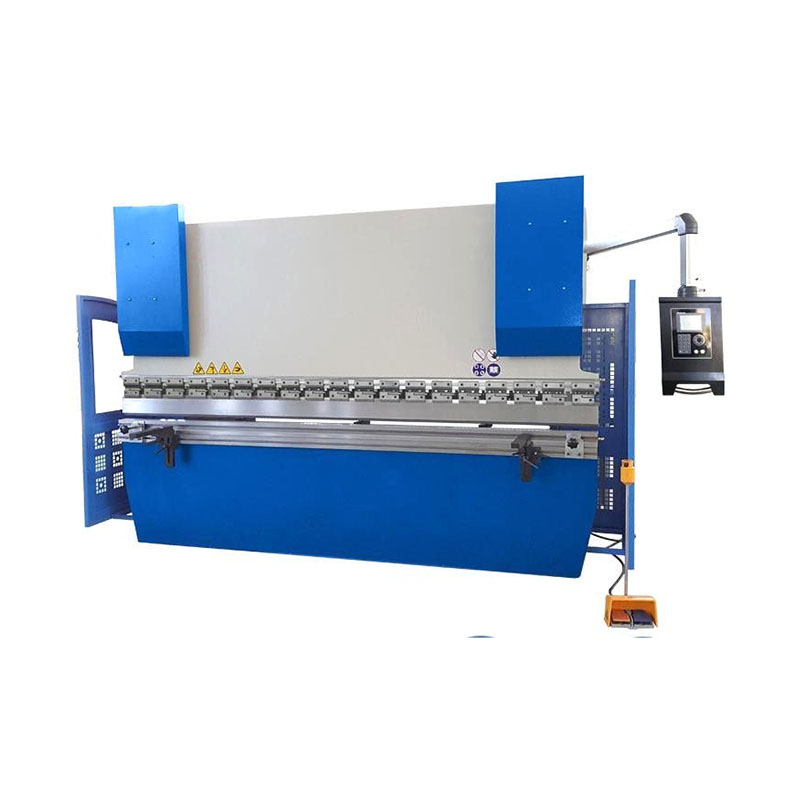
The CNC high precision bending machine is designed for bending metal sheets, such as steel, aluminum, and stainless stee...
See Details+86-18867586928
Contact Us